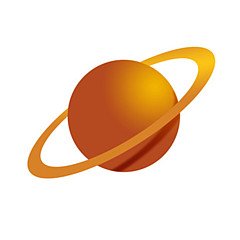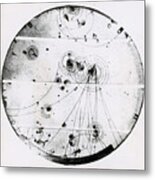

The watermark in the lower right corner of the image will not appear on the final print.
Frame
Top Mat

Bottom Mat

Dimensions
Image:
8.00" x 8.00"
Overall:
8.00" x 8.00"
Proton-photon Collision #2 Canvas Print

by Omikron
Product Details
Proton-photon Collision #2 canvas print by Omikron. Bring your artwork to life with the texture and depth of a stretched canvas print. Your image gets printed onto one of our premium canvases and then stretched on a wooden frame of 1.5" x 1.5" stretcher bars (gallery wrap) or 5/8" x 5/8" stretcher bars (museum wrap). Your canvas print will be delivered to you "ready to hang" with pre-attached hanging wire, mounting hooks, and nails.
Design Details
This image of a proton-photon collision was obtained with a bubble chamber at the Stanford Linear Accelerator Center (SLAC), showing the collision... more
Ships Within
3 - 4 business days
Additional Products

Photograph

Canvas Print

Framed Print

Art Print

Poster

Metal Print

Acrylic Print

Wood Print

Greeting Card

iPhone Case

Throw Pillow

Duvet Cover

Shower Curtain

Tote Bag

Round Beach Towel

Zip Pouch

Beach Towel

Weekender Tote Bag

Portable Battery Charger

Bath Towel

Apparel

Coffee Mug

Yoga Mat

Spiral Notebook

Fleece Blanket

Tapestry

Jigsaw Puzzle

Sticker
Canvas Print Tags
Photograph Tags
Comments (0)
Artist's Description
This image of a proton-photon collision was obtained with a bubble chamber at the Stanford Linear Accelerator Center (SLAC), showing the collision between an hydrogen nucleus (proton) and a high-energy photon. The collision has taken place in the area at center right; the track of the photon is not visible because only charged particles leave tracks in a bubble chamber. Nine particles are seen branching from the collision site heading towards the bottom of the image. The tight spirals scattered in the frame are electrons whose trajectories are strongly curved by the magnetic field of the bubble chamber. The high-energy photon was produced by allowing SLAC's 2-mile electron beam to strike a target, releasing the photon. Designed as a 20-Bev. machine, the 21 Bev. accelerator also exceeded its design intensity of 50 milliamperes on the weekend of December 7th, 1968.
$78.00



There are no comments for Proton-photon Collision #2. Click here to post the first comment.